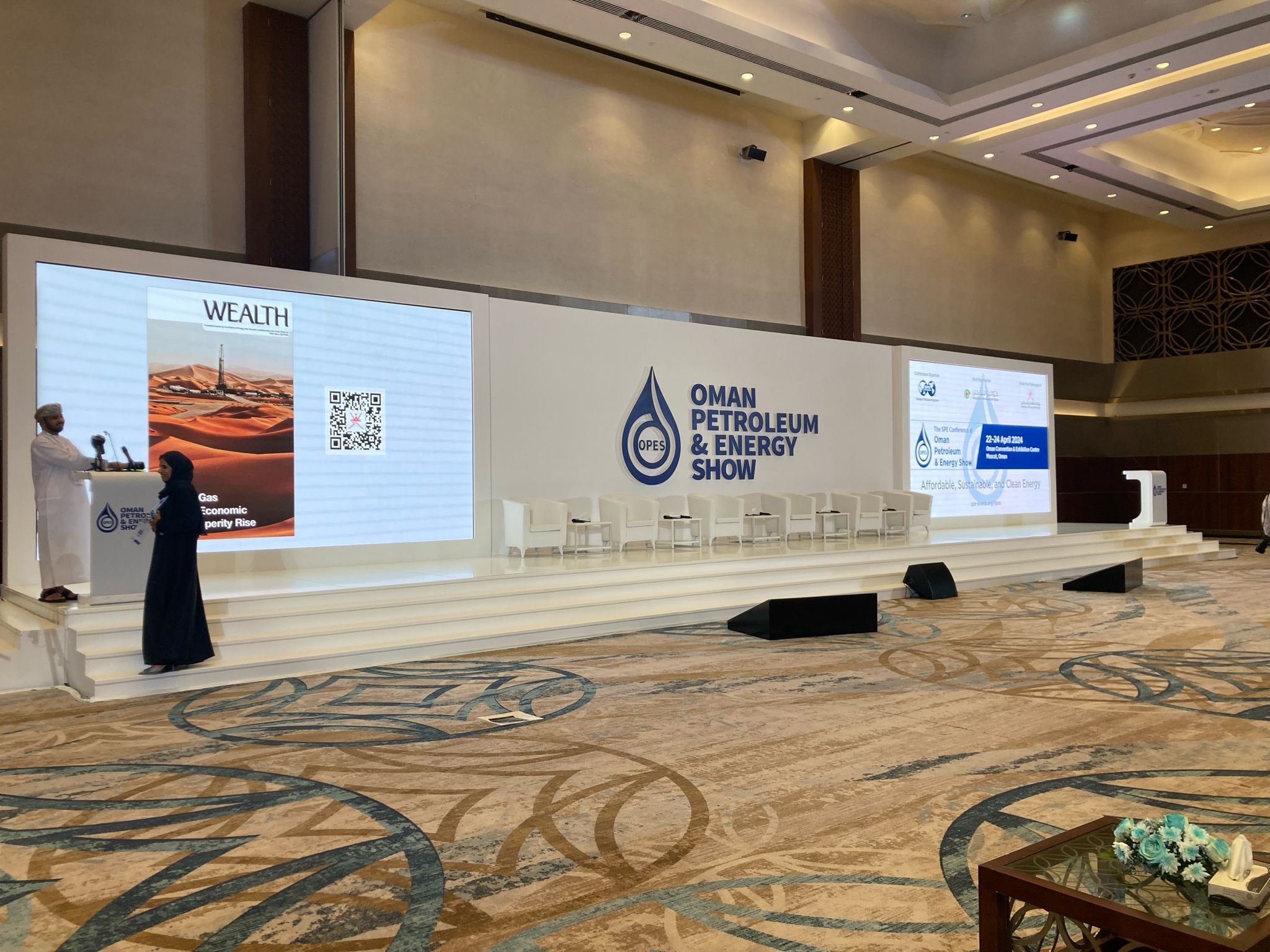Closing China’s energy transition finance gap requires more work
For China to rein in its carbon emissions from its largest polluting segments will require massive energy transition finance, according to a new report.

China is at the forefront of global efforts to combat climate change, a new report by Asia Research & Engagement (ARE) found. However, that finding comes with a caveat. It’s also the world’s largest source of greenhouse gas (GHG) emissions. In 2022, China emitted 27 percent of the world’s carbon emissions and a third of its GHG emissions.
Against this backdrop, China is taking “enormous strides” toward reducing its emissions as part of its Paris Climate agreement, the report said. Yet, for China to rein in its carbon emissions from its largest polluting segments will require massive energy transition finance.
Notably, unlike other industrialised nations and larger economies that have set 2050 as their net zero goals, China has set a net zero 2060 goal – one that prompted Climate Action Tracker to label its pledge as “poor.” It also labelled the country’s overall long-term environmental strategy as “highly insufficient.”
China is already leading the world in funding for green energy projects. The top three countries for installed renewable energy power capacity are China, the U.S., and Brazil, according to the International Renewable Energy Agency. By the end of 2022, China had issued more green bonds than any other nation, raising an estimated US$421 billion.
However, since China is the world’s largest air polluter, funnelling more credit into new green energy projects won’t suffice. “Cleaning up China will require that creditors finance brown industries and help the dirtiest companies make the uncertain transition to becoming sustainable businesses,” the ARE report said.
China’s brown industries
These so-called brown industries are vast, not surprising given the size of China’s economy, representing 18 percent of global GDP. The country’s largest emitters include: the power and heat sector (45 percent of emissions), industry (33 percent), transport (8 percent), agricultural and land use (6 percent) and buildings (5 percent).
Since the power and heat sectors represent nearly half of China’s emissions there needs to be closer scrutiny over what fuel choices China is using. Though the ARE report doesn’t delve into China’s energy imports, they represent a large part of its power sector emission problems.
China’s oil, gas, and coal imports account for around 85 percent, 40 percent and 7 percent of its domestic energy consumption, respectively, according to a recent GIS report.
Coal made up 42 percent of China’s power sector energy mix in 2022, followed by hydropower (16 percent), solar (15 percent), wind (14 percent), and gas (9 percent), according to U.S. Energy Information Administration data.
China remains the world’s third largest gas market, consuming 364.6 billion cubic meters (bcm) of gas in 2022, behind only the U.S. (881 bcm) and Russia (408 bcm). The Chinese government also plans to continue to supply more than half of the country’s gas needs with domestic production, much of that offshore in the South China Sea.
Meanwhile, adapting what the ARE report called “brown economies” to a low-carbon economy will require more than US$13.7 trillion in investment over the next three decades.
The World Bank puts the cost even higher. To achieve its goal of net zero emissions by 2060, China will need to spend as much as US$17 trillion. That’s equivalent to more than 1 percent of its economic output over that period.
Energy transition finance
The ARE report said that China has so far primarily used policy-driven approaches to meet its climate goals, including administrative targets and subsidies for cleaner technologies, along with substantial green investment.
However, transition finance will need to play a much larger role. “Whereas green or sustainable financing focus largely on funding environmentally safe projects, transition finance aims to fund the shift to sustainability from not only polluting projects, but also from entire companies and industries,” the ARE report explained.
On a positive note, the report found that energy transition finance is rapidly gaining momentum, with Chinese sustainability-linked bonds (SLBs) becoming increasingly popular since their introduction in 2021. Around US$17 billion in SLBs have been provided to high-carbon industries to reduce emissions. However, it only raised US$1.46 billion in dedicated transition bonds, most for natural gas-fired power projects.
Sustainable Fitch said in September that the improved quality of China’s onshore green bonds, or SLBs, is boosting investor confidence. “Financials, industrials, and utilities continued to comprise the bulk of the onshore green bond market, buoyed by government policies to scale up domestic green finance,” it said.
To date, however green finance products still represent only a small fraction of the country’s overall debt universe. Banks dominate the sector and prefer lending to state-owned enterprises, which leaves a funding gap for private companies seeking access to sources of sustainable finance, according to the ARE report.
A lack of standardisation around climate transition finance, both in China and globally, has also hindered market development, while various taxonomies and definitions still exist, leading to uncertainty over what qualifies as transition finance.
The ARE report added that not all products in China labelled “green” meet global standards which in turn increases the risk of greenwashing. Climate-related finance in China has also been largely limited to financing specific transition projects, which has created a funding gap for companies that need to borrow working capital to reduce emissions across their operations and supply chains.
Some of these challenges can be overcome if the Chinese government provides “vital support to companies seeking to transition to a sustainable, low-carbon future,” while Chinese institutions put in place their own frameworks for transition finance so they can take the lead instead of waiting for a national united framework, the report said.
Chinese companies and institutions can also draw from international experience (particularly Europe) to boost the work needed to rein in its so-called brown industries, as well as those industries with lower carbon footprints.
The report was also emphatic that China phase out its coal-related power projects. However, China’s coal fired power project development spree is continuing despite government promises to address the problem.



